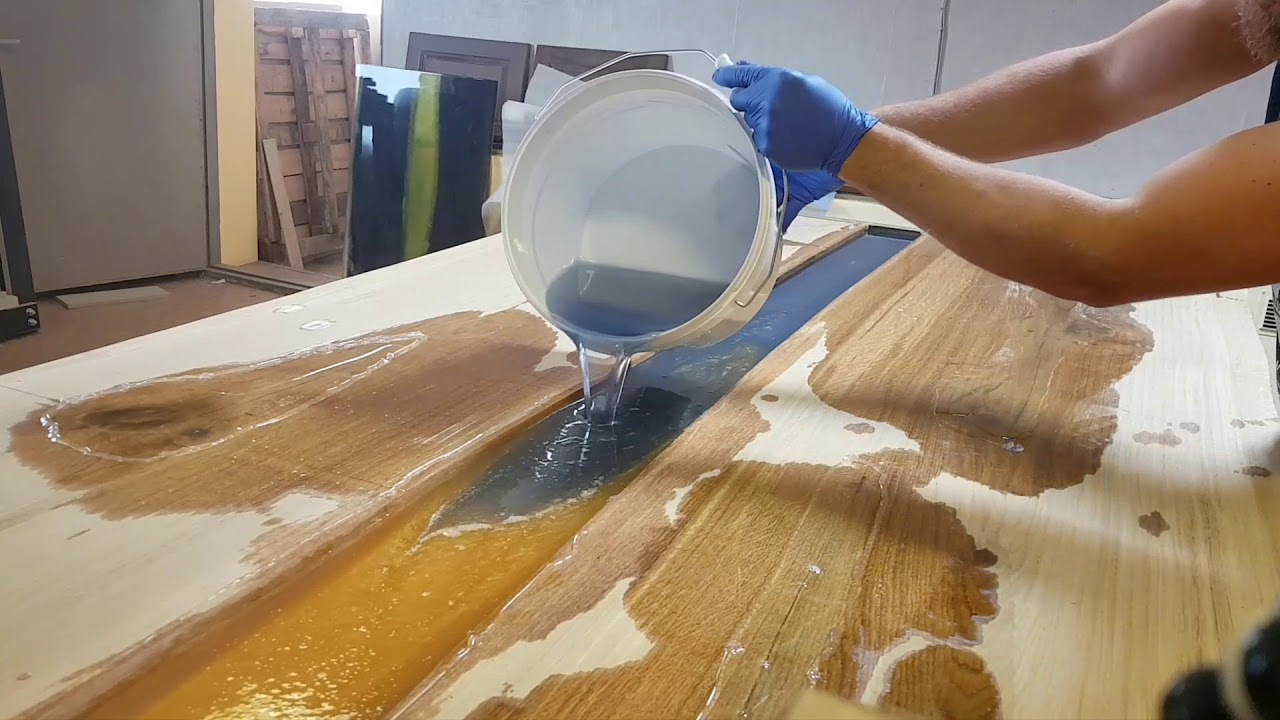History and Origin of flower farming
flower farming has a long history dating back to ancient times. People have been cultivating and growing flowers for various purposes for thousands of years. Some of the earliest records of flower farming come from ancient Egyptian and Mesopotamian civilizations from around 3000 BC. Flowers were grown for medicinal, practical and decorative purposes. The ancient Romans advanced flower cultivation techniques and also used flowers for garlands, perfumes and other decorative objects. Flower farming gained more popularity during the European Renaissance period in the 16th century when people started growing flowers mainly for aesthetic reasons. New flower varieties were developed through cross breeding and hybridization techniques during this time.
Varieties of Flowers Grown in flower farming
A wide variety of Floriculture are commercially cultivated in flower farming industry across the world. Some of the most popular flowers grown are roses, orchids, carnations, chrysanthemums, lilies, tulips and gerberas. Roses are the most widely grown flowers globally. There are thousands of rose varieties available in different colors, shapes and fragrances. Orchids come in diverse types and are appreciated for their exotic delicate blooms. Carnations are affordable cut flowers available in various hues. Chrysanthemums or mums bloom profusely in autumn seasons and come in decorative shapes. Lilies, tulips and gerberas are popular flowers grown for bouquets and other floral arrangements. Other flowers grown include anthuriums, gladiolus, alstroemeria, dahlias and many more.
Growing Techniques and Methods in flower farming
Modern flower farming utilizes advanced growing techniques to produce high yield and superior quality flowers all year round. Major techniques include greenhouse cultivation, hydroponics and use of modified atmospheres. Greenhouse structures provide a controlled environment ideal for growing flowers even in adverse climatic conditions. Hydroponics or soilless cultivation is a water efficient method used widely now. Nutrients are directly supplied to the roots through water solutions. Carbon dioxide enrichment and plastic coverings are used to modify greenhouse atmospheres benefiting plant growth. Precision farming tools like climate control systems, automated fertigation and lighting also maximize flower production. Tissue culture practices allow mass propagation of hybrid plants. Integrated pest management helps grow clean pesticide free flowers. Postharvest handling ensures long vase life of cut flowers.
Application Areas and Uses of Flowers
The Floriculture has developed into a large industry due to wide commercial uses of flowers. Cut flowers are hugely popular for making beautiful bouquets, floral arrangements, wreaths and garlands. They are prominently used in events, gifting, celebrations, hospitality industry and religious offerings. Nurseries supply potted flowering plants and potpourri for indoor and outdoor landscaping/gardening. Flower essences made from specific blooms are utilized in aromatherapy, perfumery and herbal medicines. Edible flowers are gaining popularity in culinary applications and floral derivatives yield colorants, fragrances, waxes and oils. Live flowering plants are exported as a major horticultural commodity globally through well-established supply chains. Flowers also play vital ecological roles aiding biodiversity and pollination services. Floristry has emerged as a creative applied art and remains a thriving occupation. Overall, the versatile applications of flowers have made flower farming an economically important industry.
Current Trends and Future of Floriculture
Modern flower farming is undergoing rapid transformation adopting new technologies. Automation, robotics and artificial intelligence are assisting functions like grading, bunching, packaging and transportation. Data driven precision agriculture solutions aid in monitoring farm operations. Vertical farming and controlled environment agriculture are enhancing productivity. Advances in biotechnology lend options like genome editing and marker-assisted breeding. Eco-friendly sustainable practices of recirculating hydroponic units, renewable energy integration and zero waste management are gaining precedence. E-commerce is boosting online sale of premium cut flowers, potted plants and DIY floral kits. Popularity of organic, locally grown and fair-trade certified flowers is rising along with demand for exotic rare/native varieties and indoor/patio flowering plants. Flower farming industry will play an increasing role in uplifting livelihoods and agri-exports of developing nations across subtropical/tropical regions in forthcoming years.
Floriculture has come a long way since ancient times to become a major global agribusiness sector today. Cutting-edge innovations will drive the future growth trajectory of this vibrant industry devoted to cultivating nature’s colourful gifts to humankind – flowers.
*Note:
1. Source: Coherent Market Insights, Public sources, Desk research
2. We have leveraged AI tools to mine information and compile it



